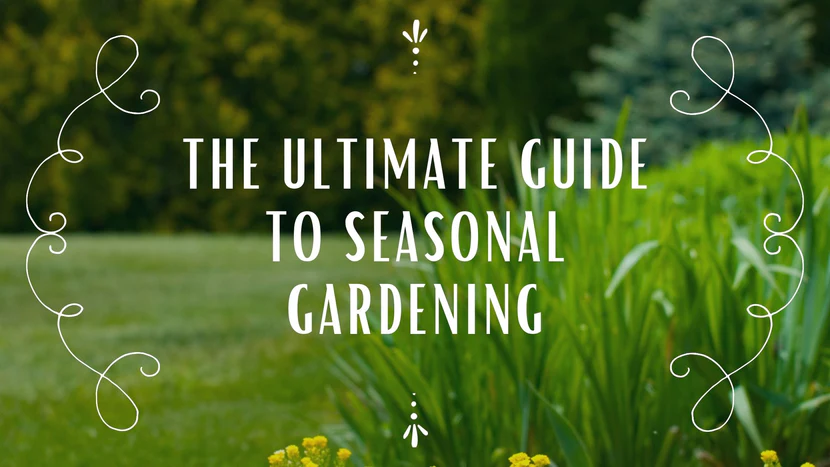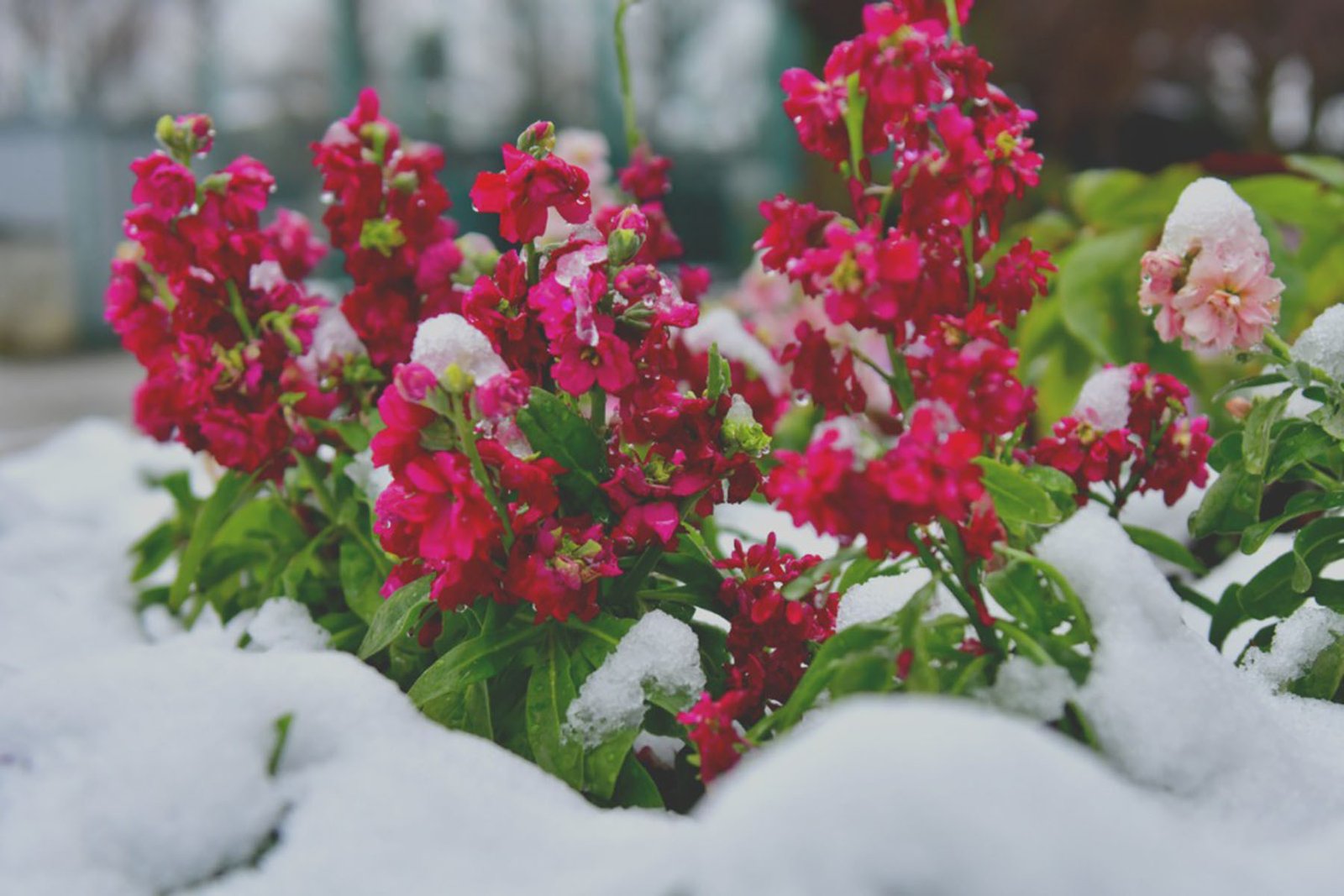Seasonal Flower Planting Guide. Creating a vibrant and flourishing garden involves knowing which flowers to plant and when. Understanding seasonal planting can help you achieve a garden that thrives year-round, offering color and beauty throughout different times of the year. This guide will provide you with key information on what flowers to grow and the best times to plant them for optimal results.
Spring: A Time for Renewal and Fresh Blooms
Spring is the season of renewal, making it ideal for planting a variety of flowers. As the weather warms up, you can start planting annuals and perennials that will bloom throughout the spring and summer months.
- Tulips: Plant tulip bulbs in the fall before the ground freezes. These spring bloomers offer a range of colors and will provide a burst of color as soon as spring arrives.
- Daffodils: Also planted in the fall, daffodils are hardy and reliable flowers that will brighten up your garden with their cheerful yellow blooms.
- Pansies: These versatile flowers can be planted in early spring. They tolerate cooler temperatures and will continue to bloom well into the spring and even summer.
- Primroses: Plant primroses in early spring for a splash of vibrant color. They thrive in cooler temperatures and add early-season charm to your garden.
In addition to planting, spring is a great time to start seeds indoors for summer flowers like sunflowers and zinnias. This gives them a head start before you transplant them outside after the last frost.
Summer: Embrace the Heat with Bold Blooms
Summer is the season of heat and sunshine, and many flowers thrive during these warm months. This is the time to focus on flowers that can handle the heat and provide continuous blooms throughout the season.
- Sunflowers: These tall and cheerful flowers should be planted directly in the garden after the last frost. They love full sun and will reach their full height and bloom in summer.
- Zinnias: Plant zinnias in late spring or early summer. They are heat-tolerant and come in a variety of colors, making them perfect for adding vibrant hues to your summer garden.
- Marigolds: These flowers can be planted after the last frost and will bloom throughout the summer. They are known for their bright colors and pest-repelling properties.
- Cosmos: Plant cosmos seeds directly in the garden in late spring. They are hardy and produce delicate, colorful blooms that attract pollinators.
Summer is also the time to maintain your garden by watering regularly and deadheading spent blooms to encourage new growth.
Enhancing Digital Experiences with Innovation
At Reprised, innovation and creativity drive every project, helping brands connect with audiences in more meaningful ways. We believe in the power of engaging experiences that inspire action and build lasting connections. Similarly, kingjohnnie Games brings digital entertainment to life through immersive gameplay and rewarding experiences. Both platforms share a passion for redefining how people interact online.
Fall: Prepare for a Vibrant Spring
Fall is an excellent time to plant flowers that will bloom in the spring. It’s also a period to enjoy the late-blooming flowers of the season.
- Chrysanthemums: Plant these in late summer or early fall for a burst of color that lasts through the fall. They are hardy and come in various shades.
- Asters: Asters can be planted in late summer or early fall and will continue to bloom until the first frost. They add a touch of elegance to your fall garden.
- Bulbs for Spring: Fall is the ideal time to plant spring-blooming bulbs like tulips, daffodils, and hyacinths. The cool soil helps the bulbs establish roots before winter.
In addition to planting, fall is the time to prepare your garden for winter by mulching and cutting back spent plants. This helps protect the soil and prepare it for the next growing season.

Winter: Planning and Preparation
Winter is a period of dormancy, but it is an excellent time to plan and prepare for the upcoming planting season. While it’s not the time for planting, you can use this time to:
- Plan Your Garden: Review your garden’s performance from the previous year and plan for changes or new flower varieties to try.
- Order Seeds: Winter is the perfect time to order seeds and supplies for the upcoming spring planting.
- Prepare Soil: If the weather allows, work on soil preparation and composting to ensure your soil is ready for planting when spring arrives.
Use the winter months to research and gather information on the best plants for your specific climate and soil conditions, ensuring a successful growing season ahead.
Enhance Your Free Time with No-Risk Rewards
At Reprised, we understand the importance of balancing work with moments of relaxation. One way to unwind without financial commitment is by exploring best no deposit bonuses, which allow you to try real-money casino games without spending a cent. These bonuses offer a risk-free way to experience online gaming, providing both fun and potential rewards. It’s a great way to relax and enjoy some entertainment without financial commitment.
Conclusion
Understanding the seasonal requirements for planting flowers allows you to create a garden that thrives throughout the year. By selecting the right flowers for each season and planting them at the appropriate times, you can ensure a continuous display of color and beauty in your garden. From vibrant spring blooms to summer’s bold displays, and fall’s preparations for spring, following this seasonal guide will help you cultivate a garden that is both stunning and resilient.

